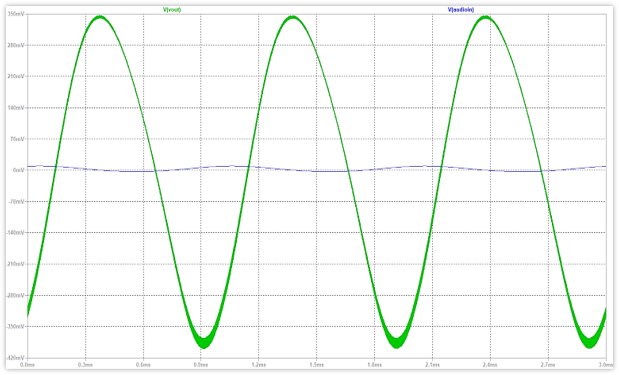Oscillators
What is an oscillator?
-
Electronic circuits that generate a continuous periodic waveform at a precise frequency
-
Converts a DC input from the supply voltage to an AC waveform output
-
Basically, an Amplifier with “Positive Feedback” whose output is connected back to its own input
-
Self sustaining, unlike an amplifier, there is no external AC input required
Characteristics of Basic LC Oscillator
For any electronic circuit to operate as an oscillator, it must have the following characteristics:
-
Some form of Amplification
-
Gain of at least 1
-
-
Positive Feedback (regeneration)
-
A Frequency determine feedback network

Disadvantages of Basic LC Oscillator
-
No means of controlling the amplitude of the oscillations
-
Insufficient feedback cause oscillations to eventually die away to zero
-
Feedback that is too strong continues to increase in amplitude until they were limited by the circuit conditions
-
-
Difficult to tune the oscillator to the required frequency
Types




The Hartley Oscillator
-
Invented by American scientist Ralph Hartley in 1915
-
Uses two inductive coils in series with a parallel capacitor to form its resonance tank circuit producing sinusoidal oscillations
-
Amplitude of the oscillations are kept constant using Automatic Base Bias.
-
Typical operating frequency of Hartley oscillator is from 20KHz to 20MHz and can be realized using BJT, FET, or op amps

 Tank CircuitHartley Oscillator |  Basic DesignHartley Oscillator |  CircuitHartley Oscillator |
|---|
LTspice Design and Simulations




